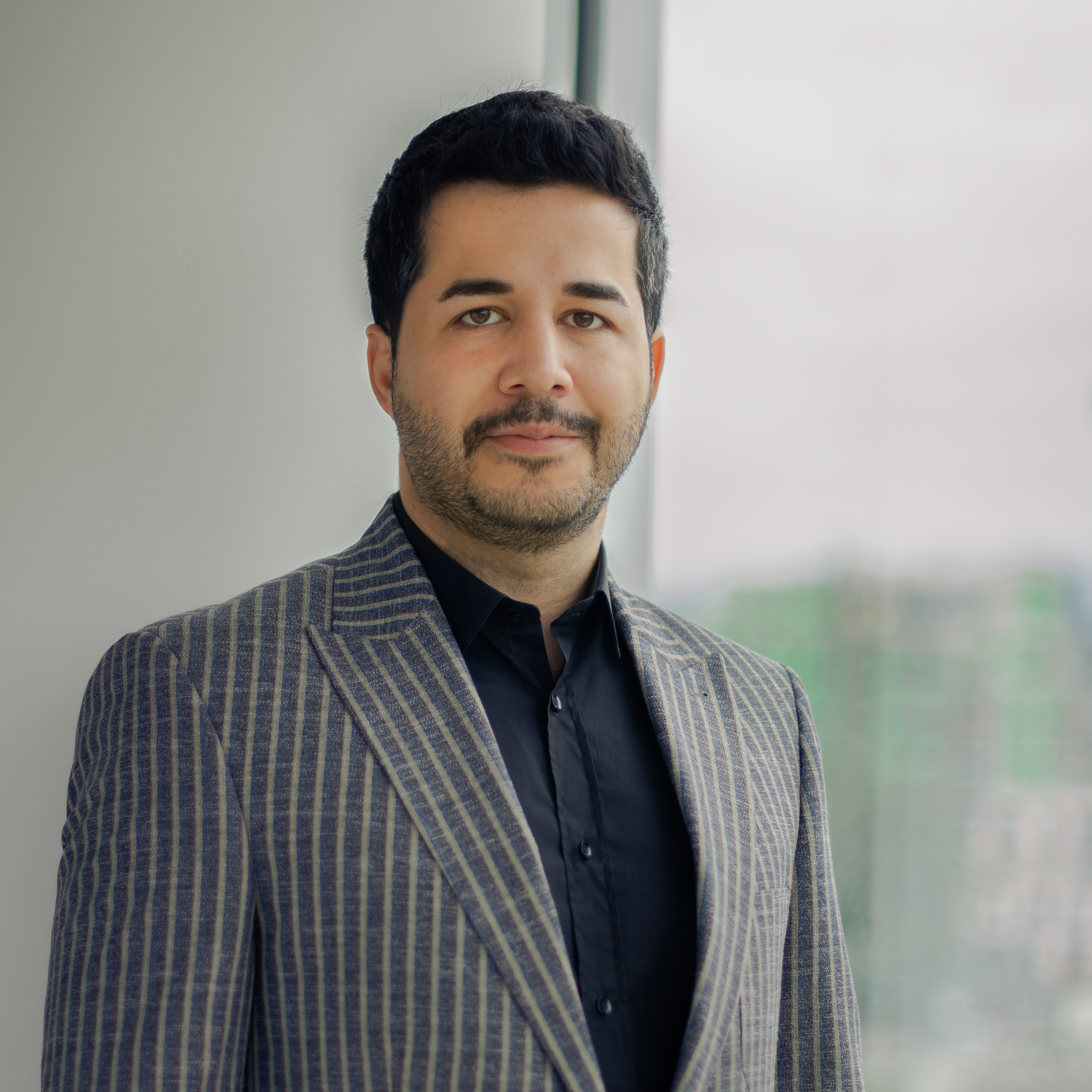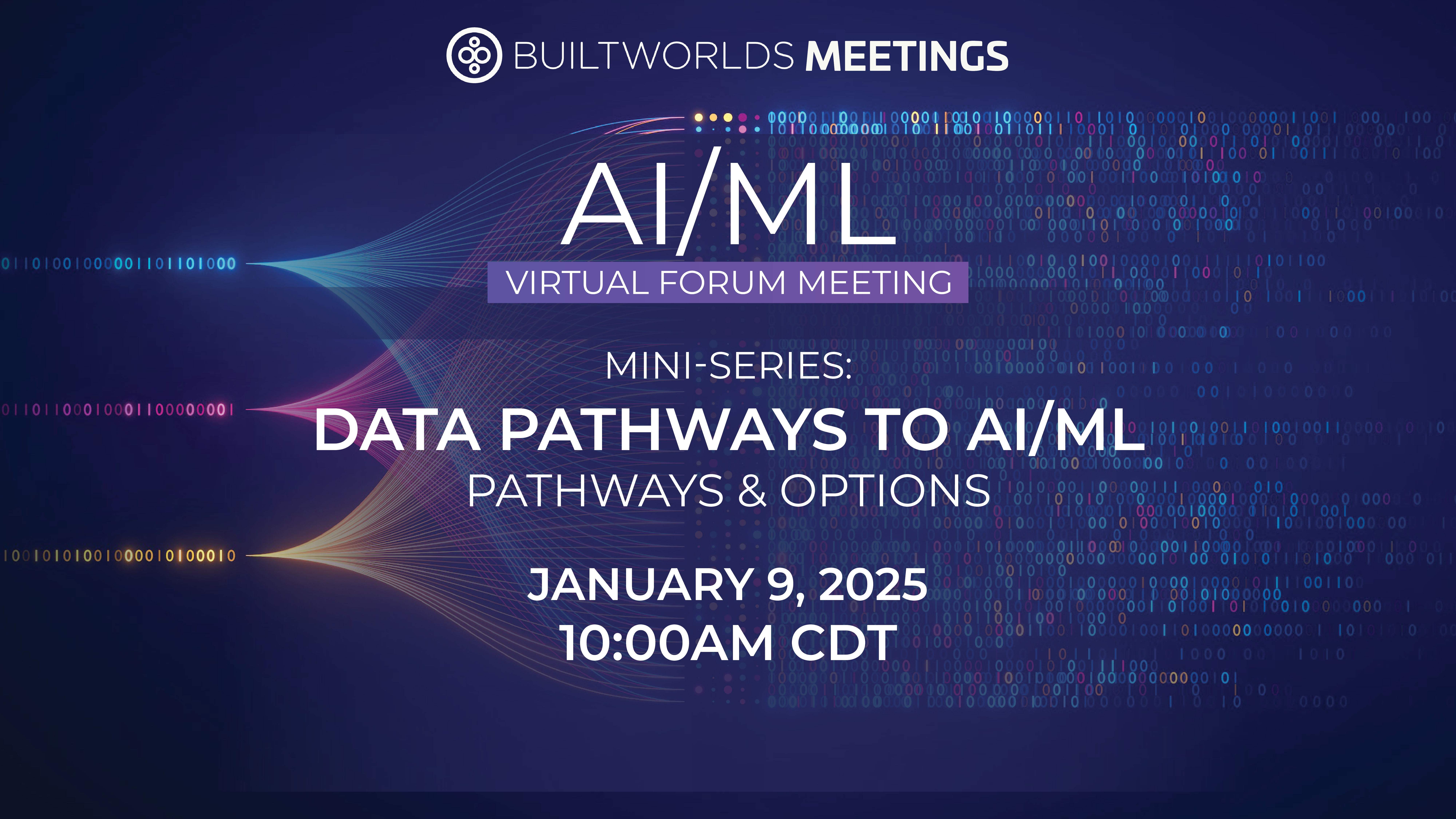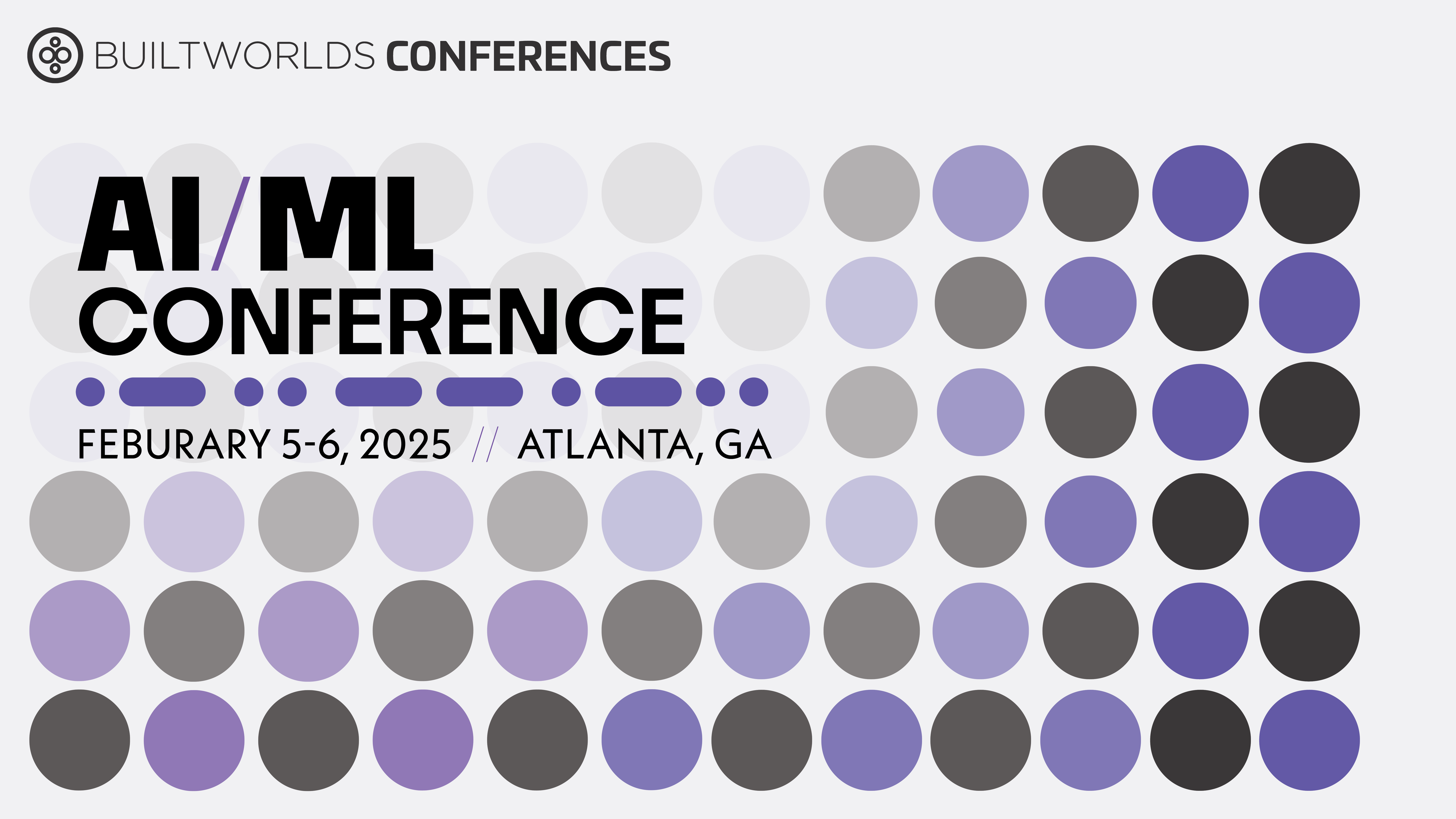 Image: Majid Seydgar
Image: Majid Seydgar
Artificial intelligence is rapidly reshaping the AEC industry, driving innovations that promise to revolutionize the way projects are designed, managed, and executed. But behind every groundbreaking tool and strategic initiative is a network of forward-thinking professionals whose work with AI is paving the way for these changes.
In this series, we’ll be profiling leaders, innovators, and visionaries across the built world who are harnessing the power of AI to solve complex challenges, improve efficiency, and push the boundaries of what’s possible in the built environment. Our goal is to shine a light on their work, explore their perspectives, and highlight the transformative impact AI is having on the industry.
For the second profile in this series, we talked to Majid Seydgar, artificial intelligence specialist at Pomerleau, one of Canada’s largest construction companies. Seydgar shared his insights on the role of generative AI in the AEC industry and more.
Edited for clarity.
To start, please share information on yourself and your background.
Regarding my education, I began with a focus on civil engineering and gradually shifted towards applying computer science and AI in this field. I completed a bachelor’s degree in surveying engineering (a branch of civil engineering) in 2016, followed by a master’s degree in Remote Sensing (Geomatics) in 2018. Currently, I am a PhD candidate at ÉTS Montréal, developing multimodal machine learning models.
Regarding my work experience, I have focused on AI methodology and applications through an internship and a software developer position. Currently, I am an AI Specialist at Pomerleau Inc., focusing on generative AI technologies.
As an Artificial Intelligence Specialist at Pomerleau, what does your role entail?
In my role at Pomerleau, I focus on generative AI technologies, including large language models (LLMs) and large foundational models (LFMs), to revolutionize everyday tasks in the construction industry. Generative AI chatbots have gained popularity for processing text data, and their potential in construction is significant-for example, in document review, key information extraction, and generating technical content. However, general-purpose chatbots often fall short of meeting specific company needs because they rely on public knowledge and are not highly customized for construction industry tasks. This is where in-house AI expertise becomes valuable.
At Pomerleau, we harness generative AI technologies, such as retrieval-augmented generation (RAG) patterns, fine-tuning models, and integrating LLMs into AI applications to meet our unique requirements in downstream tasks. Additionally, my role involves market research and business analysis to stay informed about the latest technologies and software products empowered by AI. This enables us to remain updated on state-of-the-art technologies, software products, and technical advancements in AI and construction.
Can you please share an example of a project you are currently working on or have in the past that excites you?
One of the projects I worked on involved utilizing LLMs to allow users to interact with cloud databases effortlessly by asking questions in plain language. This project leveraged generative AI in combination with computing agents to analyze both input queries (in plain language) as well as database content to locate and retrieve the target information, perform computation and return the output to the users. Using LLMs in this task was highly rewarding since it provides a user friendly analysis approach to interact with large and complex relational databases.
This project was particularly exciting because it demonstrated the potential of combining LLMs with other processing tools to enhance their capabilities in solving complex problems. It was a rewarding experience to see how LLMs can simplify user interactions and provide powerful analytical capabilities.
What do you see as key use cases for AI and machine learning in the construction industry?
Given the fact that a significant portion of data produced everyday in the construction industry is text-based content, LLMs and generative chatbots could be effectively utilized to address a range of use cases in the construction industry.
The capabilities of generative chatbots to extract key information from large volume of content, review and identify risks associated with contractual documents, summarize information from multiple sources, and even generating new content based on historical data are among the applications that are quite useful for different use cases in the construction industry, such as projects management and contract review.
Moreover, LLMs can be combined with machine learning methods to solve more challenging data analytics problems. For example, optical character recognition (OCR) methods are widely used to convert printed and handwritten documents into a machine-readable format. Using LLMs in addition to OCR could further analyze the OCR-extracted content to maintain versioning, detect discrepancies, etc. among various files.
Want to Learn more about AI/ML in the Industry?
Checkout BuiltWorlds 2025 AI/ML Conference in Atlanta!
In your opinion, what does the future hold for AI in the construction industry over the next five to ten years?
In my opinion, the construction industry will increasingly adopt generative AI technologies over the next five to 10 years as they become more reliable and affordable. Generative AI is advancing rapidly, with chatbots and AI models becoming more capable of handling complex tasks and data analytics. For instance, OpenAI recently reported that their new model, o1-preview, correctly solved 83% of International Mathematics Olympiad problems [1], marking a significant improvement over their previous model. This highlights the rapid advancements in AI reasoning for challenging tasks.
Beyond text analysis, AI is also improving in processing other data formats like voice, images, and 3D data, including point clouds. Additionally, extensive research is underway to adapt LLMs and chatbots for edge devices, such as smartphones and robots. These developments will make AI more accessible and revolutionize our interactions with technology in everyday life.
Reference: [1] Introducing OpenAI o1-preview
I read the abstract of your 2019 paper on 3-D Convolution-Recurrent Networks for Spectral-Spatial Classification of Hyperspectral Images. It’s an admittedly heady topic, but I’d love to hear more about it and its relevance to the industry (if you could put it in simpler terms).
Thank you for your interest in my paper. In simpler terms, we developed a method to analyze airborne hyperspectral images, which are images captured across many wavelengths of light. We used a combination of AI-based functions to better classify different materials in these images. This method can enhance the accuracy of identifying materials and changes over time.
Regarding its relevance to the AEC industry, this technology could potentially be used for material identification, monitoring construction sites, or assessing environmental impacts, as it provides detailed information about the materials present in an area.
Do you believe AI and machine learning are disrupting the AEC space, or is that point still off in the future, if at all?
Artificial intelligence and machine learning are indeed starting to make an impact in the AEC space. These technologies are being used for design optimization, predictive maintenance, project management, and more. While we’re still in the early stages, their potential to enhance efficiency and innovation is significant. Importantly, AI is not about replacing people; rather, it complements human skills by handling repetitive tasks and analyzing large data sources, allowing professionals to focus on more creative and complex aspects of their work. This synergy can make jobs more stimulating, as it frees up time for innovation and strategic planning. As the technology continues to evolve, I believe we’ll see even more transformative changes in the near future.
Which specific AI technologies have the most potential to significantly impact the construction industry?
Generative AI technologies have significant potential to impact the construction industry. For instance, they can enhance design tools by optimizing architectural designs or processing 3D data, like point clouds, to facilitate progress monitoring on construction sites. They can also be applied in predictive analytics, effectively analyzing vast amounts of historical data to provide more reliable forecasting models, such as predicting potential delays or budget overruns, and as a result, improving project management.
Additionally, safety and quality control can be improved by combining generative AI with computer vision for more reliable real-time site monitoring through images and videos.
What ethical concerns does AI pose in this space and how are you seeing them being addressed?
Regarding the use of generative AI, several ethical considerations need to be taken into account. Data security and privacy are critical, focusing on how data is transmitted and processed using generative AI services. Safety measures are also imposed to minimize the risk of chatbots producing biased, inaccurate, or harmful content. Additionally, copyrights and legal regulations should be considered when using generative AI.
Is there anything else you would like to share about Pomerleau’s work or your perspective on AI and its impact on the industry?
Pomerleau has heavily invested in AI to revolutionize current practices in downstream tasks. I believe this investment will create opportunities to make the construction industry more productive and efficient. Moreover, utilizing AI can help reduce costs, increase revenue, shift workers to higher-value tasks, improve failure detection, minimize human errors, and enhance risk management.
AI/ML Preparedness Research Track Members Click Here to Hear More From Majid at the Virtual Forum Meeting 



Discussion
Be the first to leave a comment.
You must be a member of the BuiltWorlds community to join the discussion.